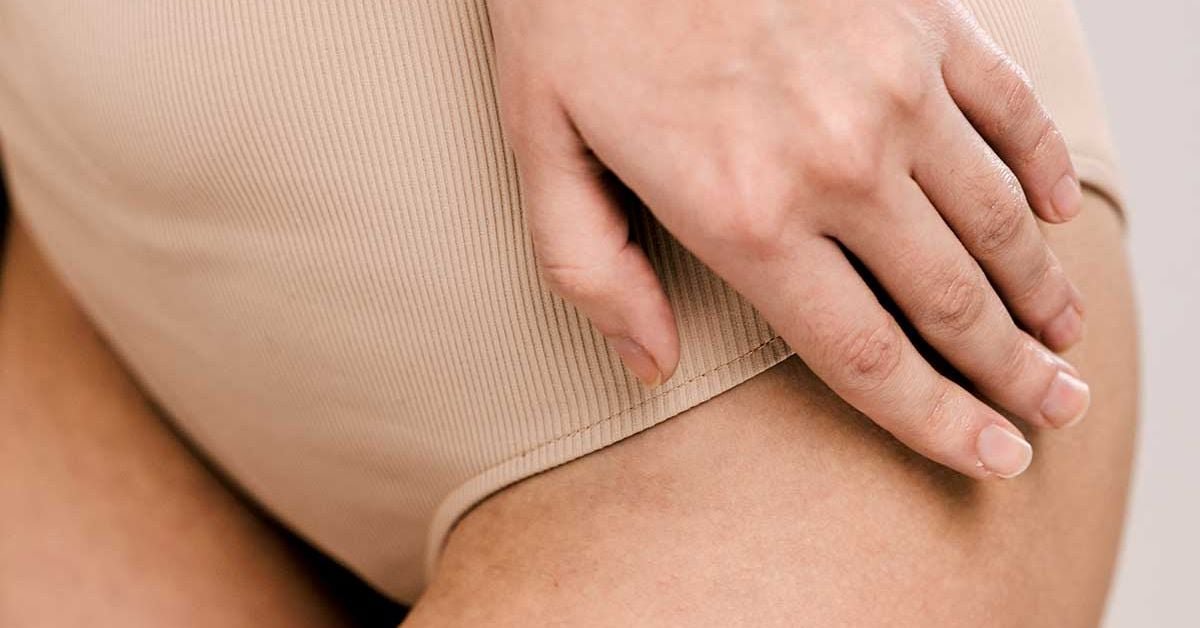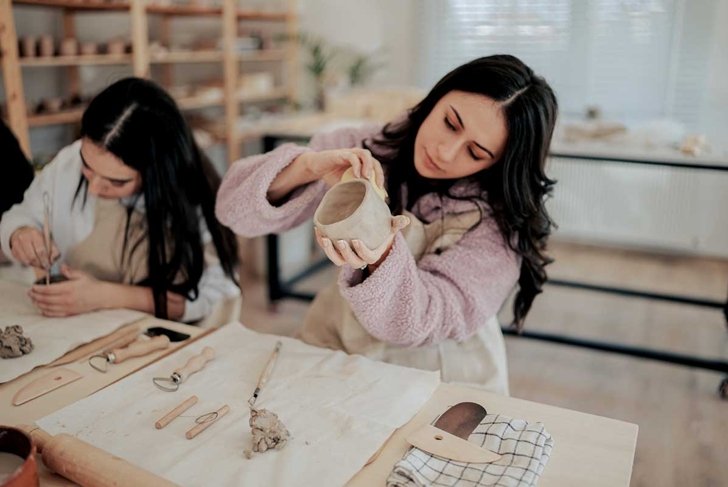“Peeing when you laugh is just a part of getting older.” “I simply have a small bladder.” “Leaking when I sneeze is normal… I’ve given birth.”
You may have heard friends or family express these thoughts—or even voiced them yourself—accepting them as a reality that many, especially women, must endure. Yet, while these issues are common, they are certainly not a normal part of life.
The positive aspect is that with increased awareness surrounding pelvic health and the role of pelvic physiotherapy, we can feel empowered to take control of our pelvic health at any age.
Jenna Wilkes, MScPT, a pelvic health physiotherapist at Focus Physio and Wellness in Vancouver, explains that pelvic floor dysfunction affects both genders, but hormonal changes over time and the unique functions of the uterus and vagina make these issues more prevalent in women.
“Women bear children and experience menopause, leading to substantial alterations in hormones and muscle tone,” Wilkes notes. Regrettably, many women have been taught to tolerate the negative repercussions these life changes can have on pelvic floor function, but Wilkes emphasizes that solutions are available.
What is the pelvic floor?
The pelvic floor consists of several layers of muscles and connective tissue that attach to various sides of the pelvic bone, providing support to the bladder, bowel, and reproductive organs. These muscles work in conjunction with core muscles to alleviate the pressure generated during activities such as lifting, coughing, and sneezing, thus protecting your internal organs and spine.
“A strong pelvic floor is a functional pelvic floor,” states Wilkes, highlighting that when these muscles are functioning correctly, they enable control over the flow of urine, gas, and feces, as well as allow relaxation necessary for penetration during intercourse.
Causes and impacts of dysfunction
Pelvic floor dysfunction typically occurs when the muscles are either too relaxed or weakened, though excessive tightness can also result in dysfunction. This condition is frequently associated with injury or trauma—such as childbirth and surgical procedures—as well as stress during pregnancy, overexertion (like heavy lifting, chronic coughing, or constipation), hormonal fluctuations, and aging.
Pelvic floor dysfunction can lead to:
- bladder or bowel leakage
- trouble emptying the bowels or bladder
- pelvic organ prolapse
- pain during intercourse
- overactive bladder
- discomfort during pregnancy
- pain in the pelvis, back, tailbone, hips, and legs
Physiotherapy for the pelvic floor
Referred to as pelvic physiotherapy or pelvic floor physio, this specialized area employs both internal and external assessments to identify suitable treatments for a person’s pelvic floor muscles as well as their core stability to help address and prevent common pelvic dysfunctions.
The pelvic floor through a woman’s life
“Bladder leakage is prevalent since many of us are not adequately taught about our bodies and their functions from an early age,” Wilkes remarks. “We shouldn’t have to navigate major physical changes (puberty, pregnancy, childbirth, postpartum, menopause) while merely hoping we don’t end up being the friend who requires adult diapers.”
Children
A bit of potty education can be very beneficial! Teaching kids to use the toilet correctly can pave the way for robust and balanced pelvic floors throughout their lives. Here are some suggested lessons for children:
- Encourage inhaling into the belly to help relax the pelvic floor when urinating or defecating, instead of pushing.
- Advise against hovering over the toilet seat; they should sit, relax, breathe, and allow nature to take its course (hovering can prevent muscle relaxation and lead to incomplete emptying, heightening the risk of bladder infections).
- Use a footstool to raise their feet and keep knees above hips during bowel movements. They should aim for at least one bowel movement daily.
- Urinate only when the urge arises (pre-emptively urinating can train the bladder to be overactive).
- Discourage urinating in the shower, as urinating while standing can prevent proper relaxation of pelvic floor muscles, leading to strain.
Young women
As girls mature into young women, their understanding of their pelvic floor should evolve as well:
- Avoid constipation.
- Drink plenty of water.
- Engage in pelvic floor exercises (consult a pelvic health physiotherapist for proper technique).
- Recognize the vital role of a healthy pelvic floor in achieving climax.
- Steer clear of irritants that may affect the urinary, digestive, and reproductive systems and disturb the pelvic floor:
- Limit high concentrations of certain foods and drinks (like alcohol, coffee, and dairy) that might irritate the bladder and create unnecessary urges to urinate.
- Choose breathable, natural fiber underwear (such as cotton).
- Always urinate post-intercourse to mitigate the risk of urinary tract infections.
Pregnancy
After childbirth, around one-third of women may experience urinary incontinence, while about one-tenth might deal with fecal incontinence. To help avoid this, Wilkes recommends:
- If planning to conceive, consider visiting a pelvic physiotherapist to better understand the pelvic floor’s role during pregnancy.
- Once pregnant, schedule a pelvic physiotherapy appointment around the 16th week.
- Meet with a pelvic physiotherapist in the weeks leading up to your expected delivery date to discuss exercises or products that may support recovery.
- After giving birth, arrange a follow-up with a pelvic physiotherapist around six weeks postpartum to assess recovery progress of your pelvic floor.
Menopause
As estrogen levels decline during menopause, the pelvic floor muscles can become thinner and less flexible. Moreover, as we age, building muscle mass becomes increasingly challenging. “We need to recognize that these muscles are present and incorporate pelvic floor exercises into our daily routines,” Wilkes advises. “A physiotherapist’s assessment can determine if your pelvic floor has good strength, control, and mobility.”
What to expect at your first pelvic physio appointment
During the initial assessment, your pelvic physiotherapist will:
- Ask detailed questions regarding your lifestyle and history, including bathroom habits and any persistent pain.
- Conduct an external examination to evaluate your posture, strength, and range of motion in your lower back, hips, and pelvis.
- Analyze your breathing patterns to ensure your diaphragm, core, and pelvic floor are functioning harmoniously.
- Perform an internal examination, if necessary (and if you’re comfortable), to assess the pelvic floor’s functionality.
To Kegel or not to Kegel?
"That is indeed a question! Kegels are not suitable for everyone and are often performed incorrectly due to a lack of awareness about these muscles,” warns Jenna Wilkes, MScPT. While Kegels can be beneficial for a weak pelvic floor, they may exacerbate issues tied to an overactive pelvic floor.
A pelvic physiotherapist can assist in determining whether Kegels are right for you and verify that you’re performing them correctly.





